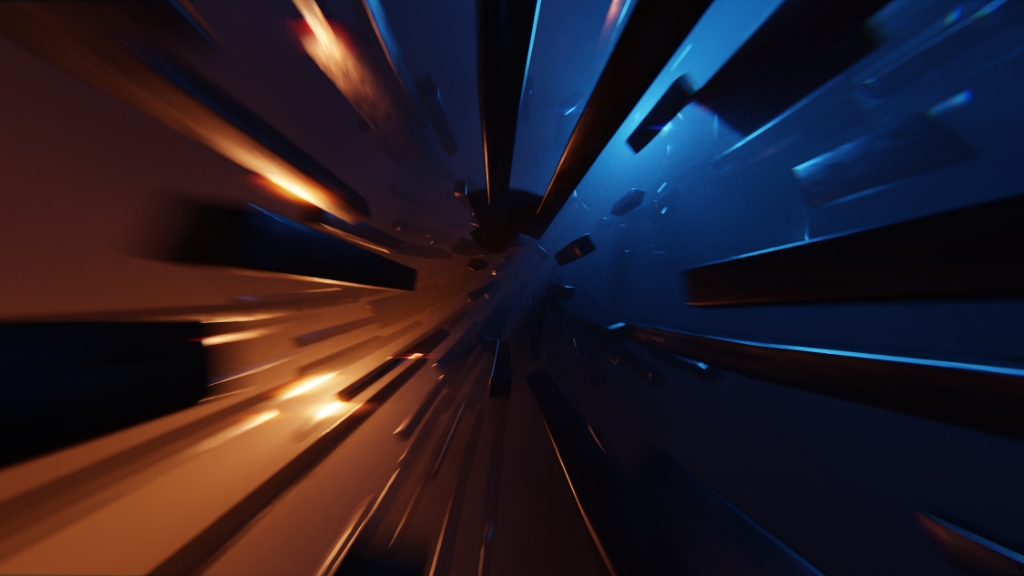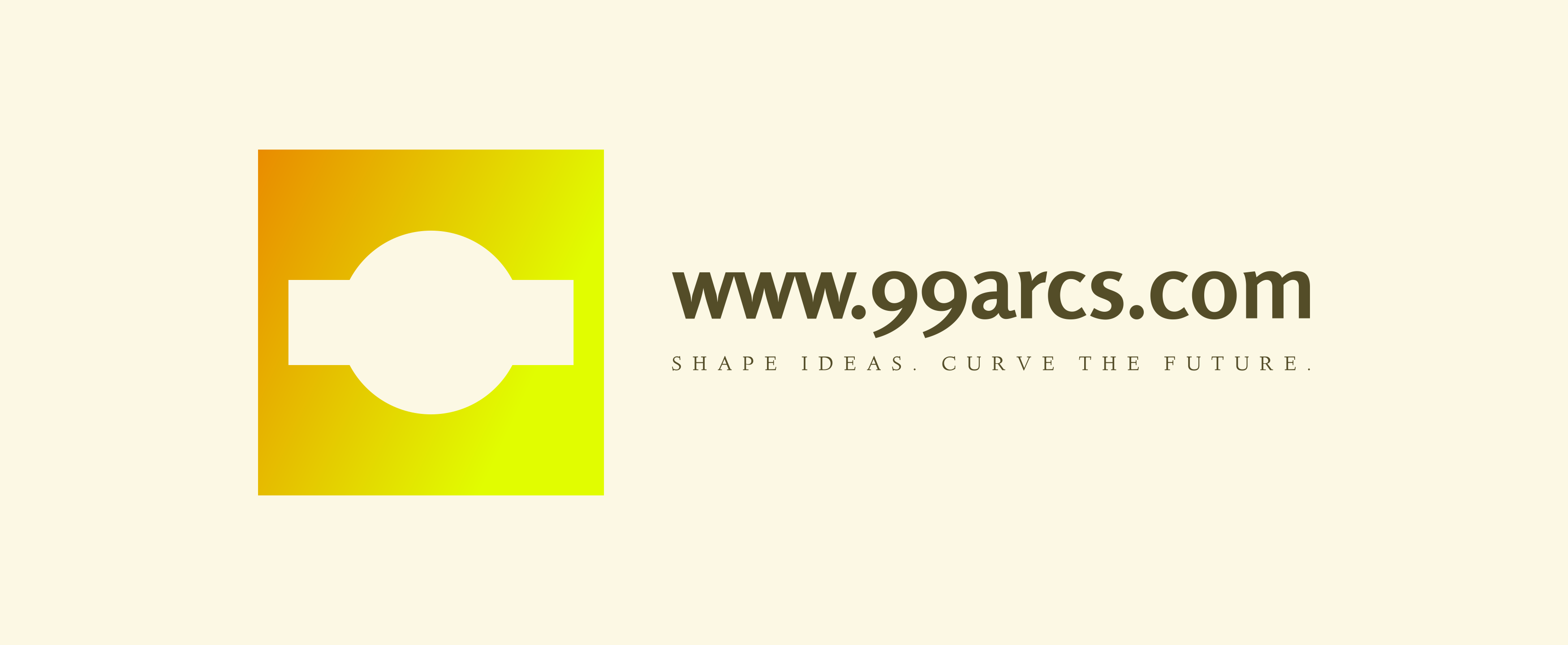Explore Digital Installations: Bringing Geometry to Life Online with Art and Technology

In today's digital landscape, geometry isn't just a subject confined to textbooks; it's a vibrant form of art that comes alive through innovative installations. I’ve always been fascinated by how technology can transform abstract shapes and complex patterns into immersive experiences. Digital installations are revolutionizing the way we perceive and interact with geometry, blurring the lines between art and mathematics.
As I explore this exciting intersection, I'll delve into how these installations engage audiences, spark creativity, and challenge our understanding of space. From interactive exhibits to stunning visual displays, the digital realm offers endless possibilities for artists and viewers alike. Join me as I uncover the magic of bringing geometry to life online.
Overview of Digital Installations
Digital installations represent a convergence of art and technology, where geometric concepts take on vibrant, interactive forms. These installations use software and hardware to create engaging visual experiences that captivate audiences. Artists employ various techniques, including projection mapping, 3D modeling, and virtual reality, to bring geometry to life in new and exciting ways.
Such installations allow viewers to experience geometry beyond traditional boundaries. They transform static shapes into dynamic, animated pieces that respond to movement and engagement. For instance, installations might feature fractal patterns that evolve in real-time or geometric sculptures that change colors and shapes based on viewer interaction.
The impact of digital installations extends beyond mere visuals; they stimulate cognitive engagement by challenging perceptions of spatial relationships. As viewers navigate these environments, they explore the interplay between mathematical precision and artistic expression. This exploration fosters a deeper appreciation for geometry as both an intellectual pursuit and a creative endeavor.
In recent years, public spaces have embraced digital installations, adding layers of interactivity to urban environments. These installations often invite participation, encouraging individuals to contribute to the artwork through their movements or choices. Such interaction enhances the communal experience, as people share their unique interpretations of geometric forms.
Overall, digital installations push the boundaries of how I perceive and interact with geometry. They invite exploration and creativity, reshaping my understanding of artistic expression in the digital age.
Impact of Geometry in Digital Art
Digital art leverages geometry to create compelling visual experiences that resonate with viewers. Geometry's precision and structure serve as a foundation for artistic expression, enhancing the overall impact of digital installations.
Exploring Geometric Concepts
Geometric concepts such as symmetry, fractals, and tessellations play vital roles in digital art. Symmetry creates balance and harmony in compositions, while fractals introduce complexity and detail through recursive patterns. Tessellations demonstrate how shapes can interlock without gaps, forming intricate designs that surprise and engage viewers. Artists explore these concepts through innovative techniques, effectively transforming mathematical principles into stunning digital visuals.
The Role of Technology
Technology enhances the integration of geometry in digital art, enabling artists to push boundaries. Software applications like Adobe Illustrator and Blender allow for precise manipulation of shapes and forms, fostering creativity. Additionally, projection mapping technology animates geometric designs in real environments, captivating audiences with immersive experiences. Virtual reality environments let viewers interact with 3D geometric structures, blurring the lines between the digital and physical realms, thus broadening the scope of artistic possibilities.
Case Studies of Innovative Installations
Innovative digital installations showcase the transformative power of geometry in art. These examples illustrate the diverse approaches artists take to create immersive experiences that engage viewers.
Highlighting Notable Artists
Refik Anadol - Anadol's work combines data and aesthetics, using algorithms to generate vivid visuals. His installation, Melting Memories, explores memory via dynamic data visualization, blending architecture and art.
Jenny Holzer - Holzer utilizes text and light projection in her installations. Her piece, Blue Purple Tilt, integrates geometric abstraction with powerful messages, creating an interactive dialogue between the artwork and its environment.
TeamLab - This collective creates fully immersive digital installations that allow viewers to interact with geometric patterns. Their installation, Borderless, invites participation, allowing shapes to change and evolve in response to audience movement.
Examining Audience Interaction
Engagement Mechanisms - Installations like The Obliteration Room by Yayoi Kusama involve audience participation through stickers, prompting viewers to become part of the artwork and altering its appearance over time.
Spatial Awareness - Interactive pieces such as Infinity Room create a sense of endless space through reflective surfaces. This design challenges traditional perceptions, drawing viewers into a remarkable sensory experience that blurs the line between reality and virtuality.
Feedback Loops - Installations that respond to movement, such as The Wave by Daan Roosegaarde, create real-time feedback loops. Viewers see geometric shapes evolve with their actions, establishing a direct relationship between them and the digital artwork.
The Future of Digital Geometry Installations
The future of digital geometry installations appears promising, with continuous advancements in technology enhancing artistic possibilities. Artists are likely to explore augmented reality (AR) more extensively, merging physical and digital elements. AR could allow viewers to interact with geometric shapes in real-world environments, creating a seamless blend of digital and tangible art.
New techniques, such as artificial intelligence (AI) and machine learning, may revolutionize the way geometric patterns are generated. AI algorithms can analyze vast datasets to create unique, intricate designs that would be unachievable by human hands alone. This integration of AI fosters innovation and extends the creative potential of geometric installations.
Interactivity is set to grow, with more installations emphasizing audience participation. By employing sensors and responsive technologies, artists can create adaptive environments that react dynamically to viewer actions, enhancing engagement and immersion. Installations might incorporate social media elements, enabling visitors to share experiences online, further broadening their reach.
Public spaces will likely witness an increase in geometry-focused installations, contributing to urban revitalization efforts. By transforming underutilized areas into interactive art hubs, cities can foster community engagement and artistic expression. These installations can also address social issues, utilizing geometry to convey messages about inclusivity and representation.
Sustainability remains crucial. Future installations may incorporate eco-friendly materials and energy-efficient technologies, reflecting a growing commitment to environmental responsibility within the arts. Implementing renewable energy sources, like solar panels, can power installations while minimizing ecological impact.
Lastly, the globalization of digital art will facilitate collaborations between artists from various backgrounds. Diverse perspectives can contribute to innovative geometrical interpretations, leading to culturally rich installations that resonate with a broader audience. Collaborations can also leverage shared resources and technology, making it easier for artists to experiment and push boundaries.
Conclusion
Digital installations are reshaping the way we experience geometry and art. I’m continually amazed by how these innovative creations invite us to engage with complex concepts in ways that feel both personal and communal. The blend of technology and artistic expression not only captivates but also inspires a deeper appreciation for the beauty of geometry.
As we move forward, I’m excited to see how advancements in technology will further enhance these experiences. The potential for augmented reality and artificial intelligence to revolutionize the way we interact with geometric art is thrilling. I believe these developments will continue to push boundaries and redefine our relationship with art and space, making the future of digital installations incredibly bright.
